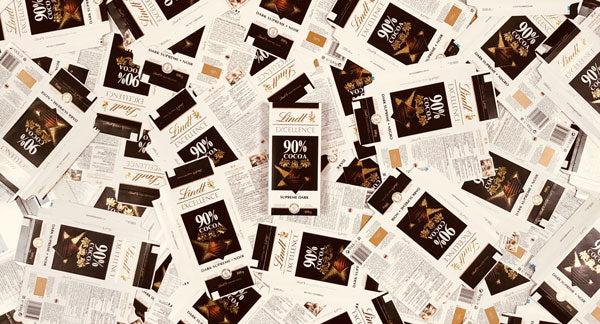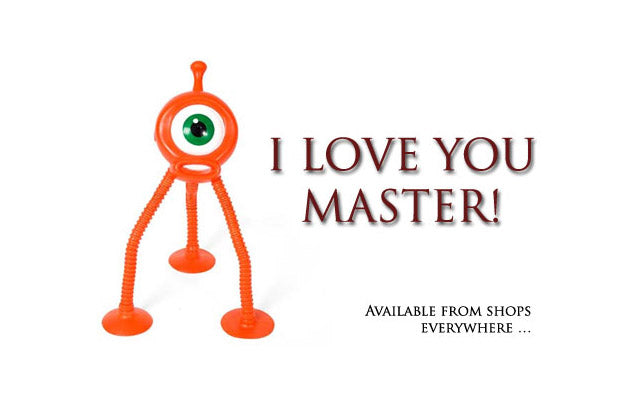Purpose
Some people believe that they are not creative. The belief comes to define their attitude towards any problem and can limit their capability irrespective of their creative ability. Almost everyone is creative and uses that creativity on a daily basis in everyday tasks such as cooking, rearranging furniture, professional organisational skills, report writing and so on. Unfortunately, they may not see these activities as creative. It is a good idea to push these individuals into doing classic creative tasks to show them that they can be just as creative as others if they want to. Once their self-limiting attitude is corrected, their confidence is increases and they can start to see their own talent. The viscous cycle can be broken.
Objective
Get groups to compete with each other over creative activities.
What You Need
- Questions, problems or tasks that your delegates can work on to provide creative solutions (see notes).
- Creative materials such as:
- Coloured pens
- Papers
- Colours papers
- Glue
- Scissors
- Tinsel
- And similar materials...
- A suitable prize
Setup
- Divide your delegates to groups of 4 or 5.
- Explain a task or pose a question to all groups. It is better if you have thought about this beforehand based on the background of your delegates and your objectives for the course. Examples are:
- “Can we redecorate the shop floor to get better results?”
- “Who are our customers?”
- “How can we make our products & services more attractive to our customers?”
- Explain that this is a freeform exercise. The teams can do what they like as long as their solution is creative. The most creative solution wins a prize.
- Elaborate on the prize. This exercise will not work if the prize is not worth the hassle. You want to create a competitive atmosphere so teams are energised into creative activity and get completely absorbed in the task. A good prize is a great incentive.
- Allocate 30 minutes for this activity.
- At the end, bring back everyone together and ask the teams to showcase their designs.
- Each team should score the presenting team as follows:
- Presentation Score (1 = Low, 5 = High)
- Design Score (1= Low , 5 = High)
- Ask the groups to write their votes secretly on a paper for each presenting group. They can’t vote for their own group.
- At the end, collect all the votes and calculate the totals. The group with the highest Design Score wins. If you had a tie, the group with the highest Presentation Score wins.
- Present the prize and then follow with a discussion.
Timing
Explaining the Test: 5 minutes.
Activity: 30 minutes
Group Feedback: 10 minutes.
Discussion
What was special about the design of the winning team? Were you creative about your own design? Did you brainstorm successfully and did you find yourself coming up with ideas that were truly innovative? What is your attitude about creativity? Did the team work? How can you improve your process?
Soft Skills Training Materials
Get downloadable training materials
Online Train the Trainer Course:
Core Skills
Learn How to Become the Best Trainer in Your Field
All Tags
Training Resources for You

Course Design Strategy
Available as paperback and ebook

Free Training Resources
Download a free comprehensive training package including training guidelines, soft skills training activities, assessment forms and useful training resources that you can use to enhance your courses.

Our Comprehensive Guide to Body Language

Train the Trainer Resources
Get Insights - Read Guides and Books - Attend Courses
Training Materials
Get downloadable training materials on: Management Training, Personal Development, Interpersonal Development, Human Resources, and Sales & Marketing














Leave a comment
All comments are moderated before being published.
This site is protected by hCaptcha and the hCaptcha Privacy Policy and Terms of Service apply.